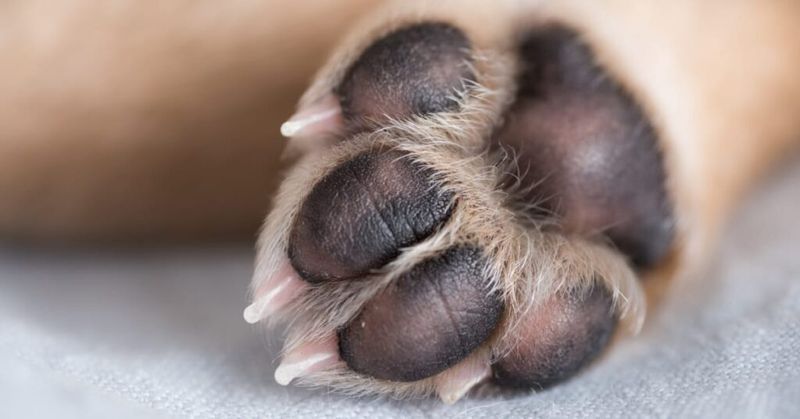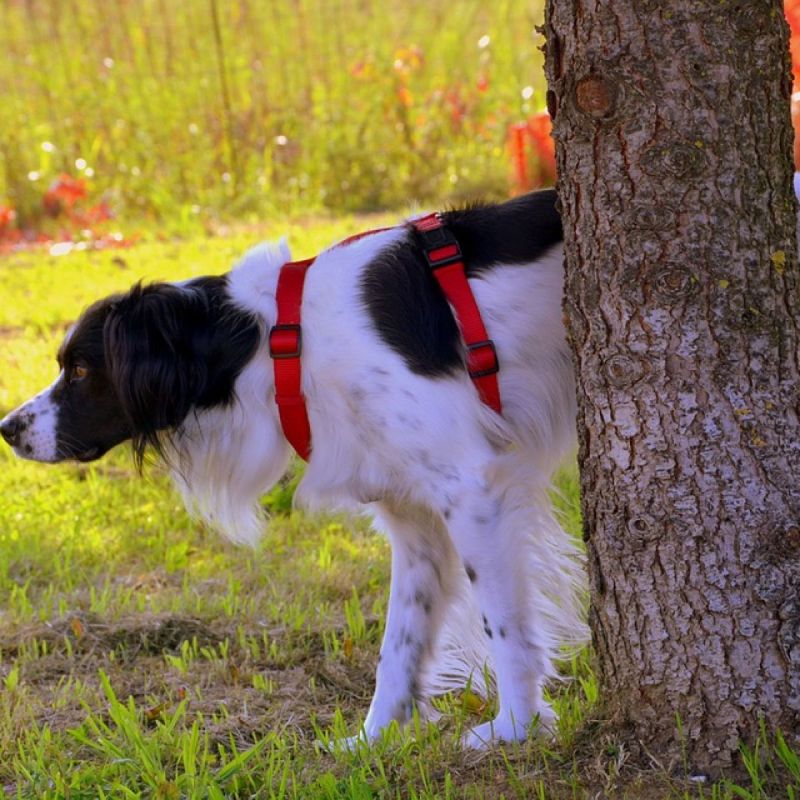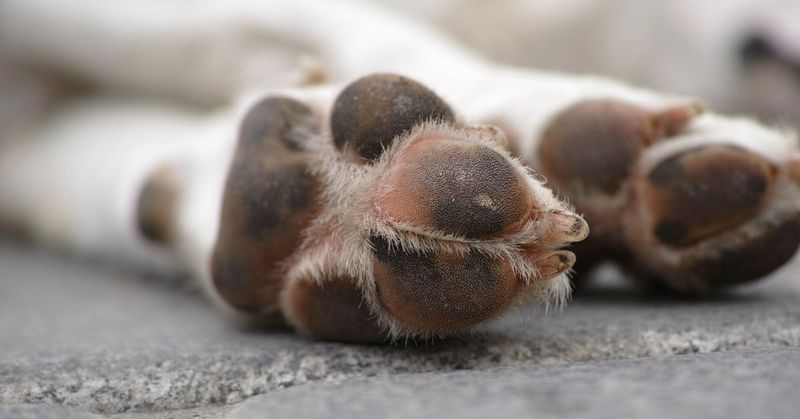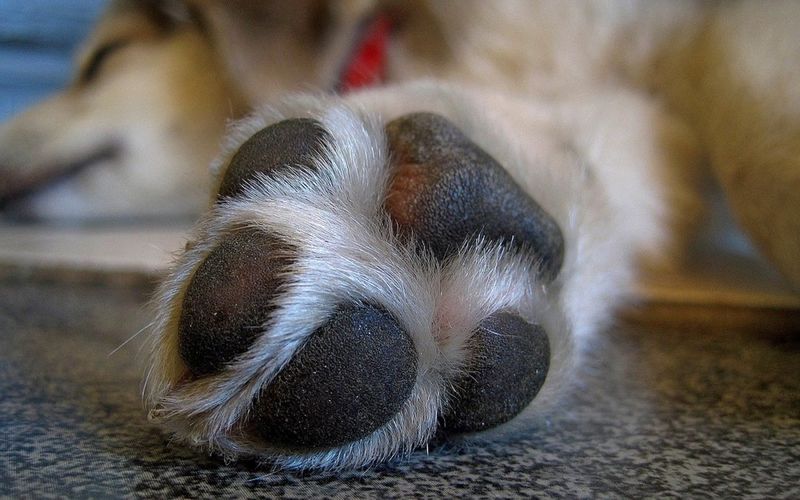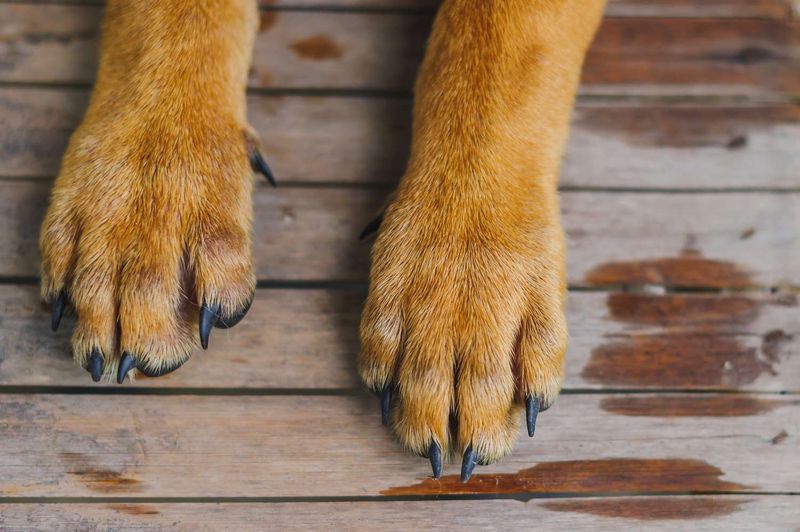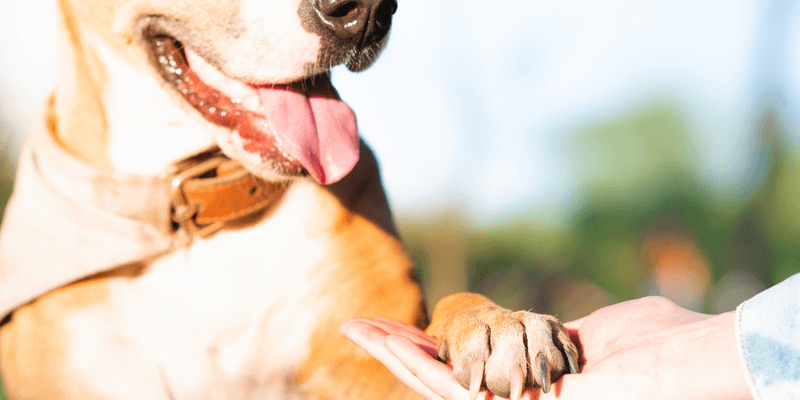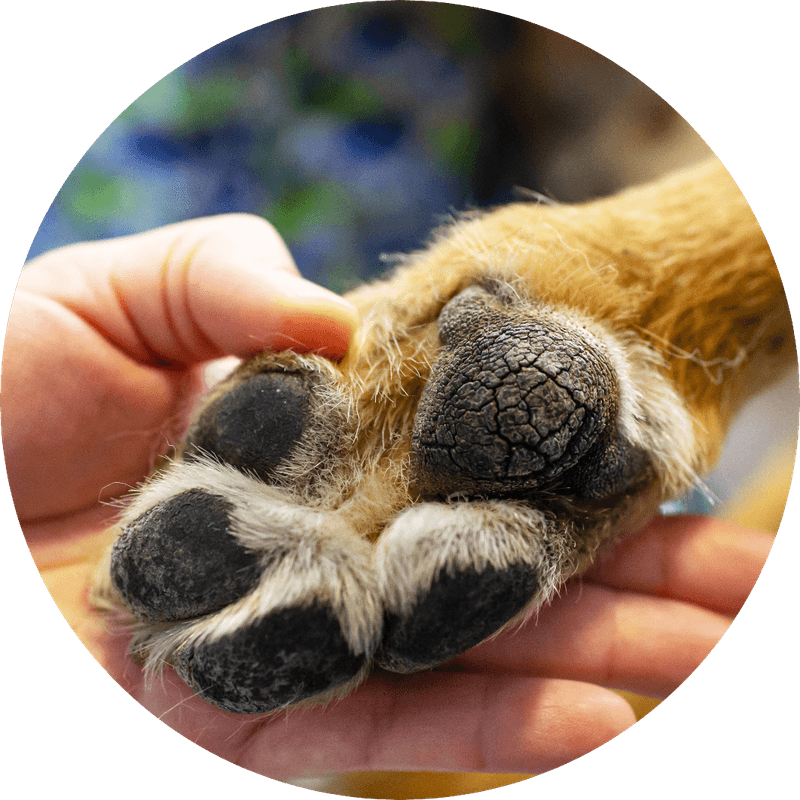Dogs’ paws are fascinating and multifunctional parts of their anatomy. They are designed to support a dog’s lifestyle, whether they’re running, digging, or just being adorable. In this blog, we explore twelve intriguing aspects of dogs’ paws that showcase their versatility and uniqueness.
Paw Sensitivity
With sensory receptors akin to those in human fingertips, dogs’ paws are highly sensitive. This sensitivity helps them navigate their environment effectively. The intricate nerve endings in the pads allow a dog to gauge terrain and feel temperature shifts. Some breeds, like the Siberian Husky, have evolved to endure extreme cold, showcasing paws adapted for harsh climates. Paws are also crucial for communication. They pick up vibrations and subtle changes in the environment, alerting a dog to potential threats or friends nearby. The tactile feedback a dog receives through its paws is essential for its daily interactions.
Built-in Shock Absorbers
Dogs have natural shock absorbers in their paws. The pads beneath their feet are made of fatty tissue, which cushions their joints during high-impact activities like jumping or running. This design helps prevent injuries and supports agility. The structure of dog pads allows them to move silently and swiftly, making them excellent hunters and companions. Certain breeds, such as Greyhounds, benefit greatly from this feature. These pads also protect bones from wear over time, ensuring longevity. Their unique design showcases nature’s ingenuity in providing durability and comfort for active canines.
Sweat Glands
Dogs sweat through their paws. Unlike humans, who have sweat glands all over the body, dogs primarily sweat through their paw pads. This unique trait helps regulate body temperature, especially in hot weather. On a warm day, you might notice damp paw prints on the floor after your dog walks across it. This cooling mechanism is vital for dogs to manage heat. It’s a small but essential way dogs stay comfortable. Additionally, this sweating can help with grip, allowing a dog to maintain stability on slippery surfaces. The paws’ multifunctionality is truly impressive.
Unique Prints
Just like human fingerprints, every dog’s paw print is unique. These distinct patterns can be used for identification, akin to how we use fingerprints in humans. The swirls and ridges on a dog’s paw pad create a one-of-a-kind pattern. This uniqueness isn’t just an interesting fact but has practical uses as well. For example, in wildlife research, paw prints can help identify individual animals in the wild. It’s fascinating to think that such a small part of their anatomy holds such personalized information. This uniqueness adds to the charm of each dog.
Seasonal Adaptations
Dogs’ paws adapt to different seasons. In winter, some breeds grow extra fur between their toes to keep warm, preventing snow from clumping. Conversely, in summer, paw pads become thicker to handle hot surfaces. These seasonal changes are crucial for a dog’s comfort and health. For instance, Arctic breeds have evolved to possess paws that resist freezing temperatures. This adaptability showcases the evolutionary traits that have allowed dogs to thrive in various climates. By observing these changes, owners can better care for their dogs year-round. Each season brings its own set of wonders for dog paws.
Communication Through Scent
Dogs communicate using their paws. Scent glands located in their paw pads release pheromones that convey messages to other dogs. This olfactory communication is an ancient form of interaction. When a dog scratches the ground, it leaves behind its scent, marking territory or signaling other dogs. This behavior is an integral part of canine social structures. Paws carry these important signals, making them more than just physical tools. This subtle form of communication strengthens bonds between dogs and establishes hierarchies. It’s a fascinating glimpse into the complex world of canine interaction.
Natural Terrain Navigators
Dogs’ paws are designed for various terrains. The pads provide excellent grip and traction, allowing them to climb, run, and explore effortlessly. Whether traversing rocky hills or sandy beaches, dogs can confidently tackle diverse environments. This adaptability is a result of their evolutionary history. Different breeds have paws suited to their native habitats. For example, mountain dogs have sturdy paws for rocky surfaces, while desert breeds have pads that handle hot sand. This versatility is essential for their survival and showcases the evolutionary brilliance of their design. Dogs are natural adventurers.
Healing Properties
Dogs’ paws have self-healing properties. When injured, a dog instinctively licks its paws to clean and heal wounds, utilizing its saliva’s natural antiseptic qualities. This behavior accelerates healing and reduces infection risk. The pads are resilient, capable of recovering from minor cuts and abrasions swiftly. This self-care ability is remarkable and highlights the role of paws in a dog’s well-being. Owners should monitor their dogs’ paws for signs of excessive licking, as it may indicate an underlying issue. The self-healing nature of paws is a testament to their biological adaptability.
Paw Size and Breed
Paw size varies significantly among breeds. Larger breeds like Great Danes have substantial paws, aiding in balance and support, while smaller breeds like Chihuahuas have dainty paws suited for agility. These size differences are not merely cosmetic but reflect the diverse functions required by each breed. Large paws support weight and enhance stability, crucial for large dog breeds. Conversely, the nimble paws of smaller breeds facilitate quick movements. This variety highlights the fascinating diversity within the canine world. Breed-specific paw characteristics contribute to a dog’s unique identity and functionality.
Paw Care Essentials
Proper paw care is essential for a dog’s health. Regular inspections help detect issues like cuts or foreign objects stuck between pads. Moisturizing prevents cracking, especially in dry weather. Keeping nails trimmed reduces strain on the paws and prevents injuries. Some owners opt for dog-friendly boots to protect paws during extreme conditions. This proactive care ensures a dog remains active and happy. Understanding paw care requirements allows owners to provide the best possible support for their pets. Happy paws lead to a happy dog, highlighting the importance of attentive care.
Paws and Aging
As dogs age, their paws change. Senior dogs may experience worn pads, requiring softer surfaces to prevent discomfort. Aging may also lead to joint pain, affecting their mobility and paw usage. Owners should be mindful of these changes and adjust their dog’s environment accordingly. Providing supportive bedding and avoiding harsh terrains can ease an elderly dog’s life. Observing these signs of aging can ensure dogs enjoy their golden years comfortably. Paws, being integral to mobility, reflect a dog’s overall health as they age. Their care is crucial for senior canine well-being.
Paw Myths Debunked
Many myths surround dogs’ paws. One common misconception is that dogs can’t feel pain in their paws, which is untrue. The sensitive nerve endings in the pads make them quite receptive. Another myth is that a dog’s paws are always self-cleaning, neglecting the need for regular maintenance. Misunderstandings about paws can lead to neglect or improper care. By debunking these myths, owners can better understand and care for their pets. Recognizing the importance of paw health contributes to a dog’s overall well-being, emphasizing that paws are more than just walking tools.

